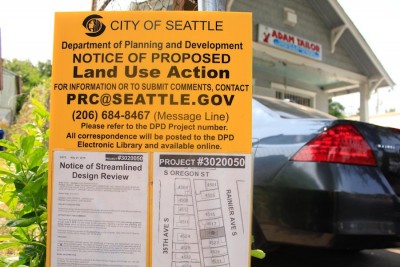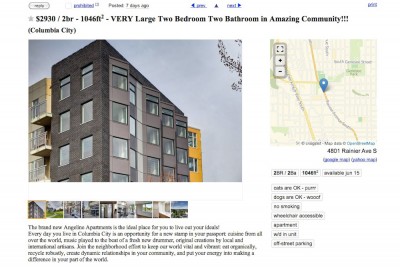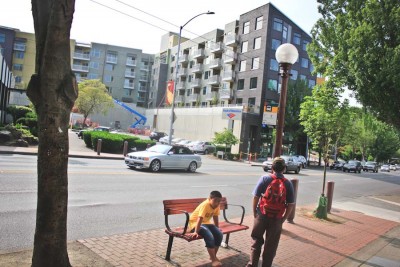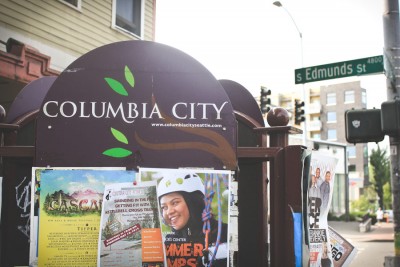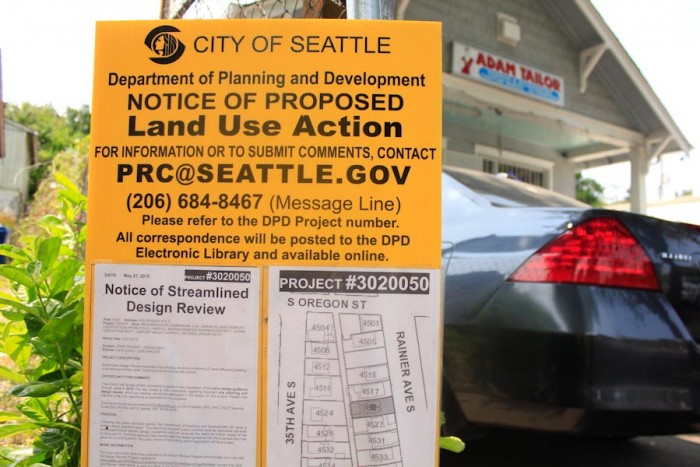
How is development affecting you or your neighborhood? Has your favorite greasy spoon been replaced by an upscale restaurant? Or maybe you’ve finally found your dream apartment in a brand new building.
Tell us who is or isn’t benefiting from the sea change that is happening in Seattle.
Share your feelings, memories, hopes and complaints with us using this form. Your responses will be published instantly on the SEAchange Map below.
We’re piloting the project with a focus on neighborhoods in the Rainier Valley, because they have some of the highest concentration of immigrant households and businesses, and are experiencing a lot of change.
More Instructions:
This is a beta version of the SEAchange map. You can add data points to the map for the new businesses and housing springing up and for businesses and housing that have closed or changed recently. Most importantly, tell us how you feel about the change.
It’s easy:
1. Fill out the form and submit it. Try to be detailed and clear. If you’re really in a hurry, make sure you fill in the “Location” (stick to the format Street address, Seattle, WA, Zip) and “Date of Change” (approximate dates are fine). The “Memory Lane/Feelings” field is important too — we want to know how this is affecting you. You can find valuable information about what’s happening to a particular property by searching the address on the Department of Planning and Development database.
2. Look for your contribution on the SEAchange Map. Once you submit the form, you’ll be redirected to a confirmation page, and a link to the map will appear. If you submitted the form correctly, your responses will be processed immediately and now appear on the map. You’ll also have a chance to edit your responses as long as you keep that form window open on your browser.
3. Browse the map. Click on the placemarks to see the descriptions. Closing the description box is a matter of clicking on the ‘X’ at the top-right of the box. Zoom in and out as necessary to check out other areas (We’ll be focusing on other neighborhoods like the Central District soon), and look for more points you’d like to add. It’s okay to fill out the form for a location already listed, if you have something more to contribute.
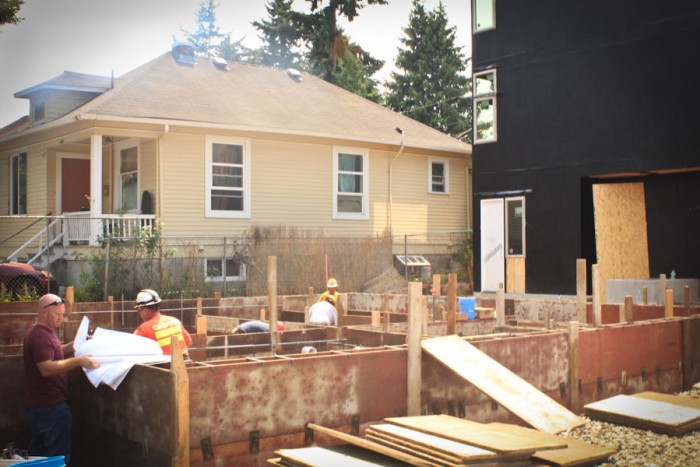
The fine print:
As a precaution, please don’t fill out private information on the questionnaire. There is one optional field for your contact info — in case The Seattle Globalist team wants to follow up with you — but that info will be kept private and password protected. The rest of your responses on the form will be public.
This map is constructed live from a crowdsourced content, which means the information is only as good as the contributors make it. Therefore, The Seattle Globalist encourages active participation of contributors. While The Seattle Globalist team will be reviewing the submissions for interesting memories and for maintenance, we’re not responsible for any inaccurate information. The map is only intended for general informational purposes.
If you have a question or feedback regarding SEAchange map contact us.



